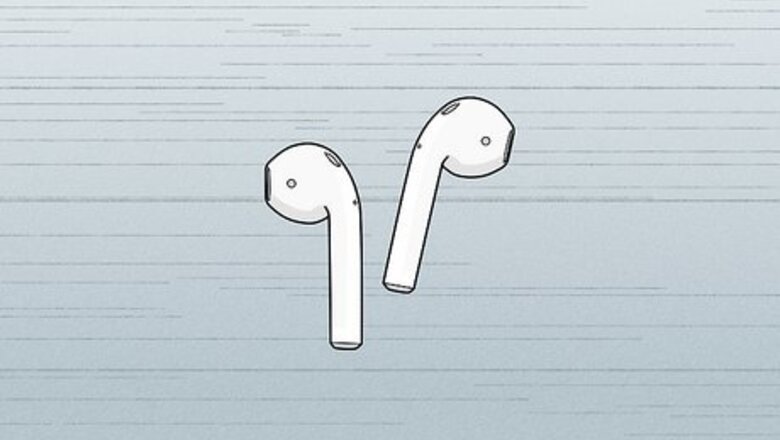
views
Remove your AirPods from water immediately.
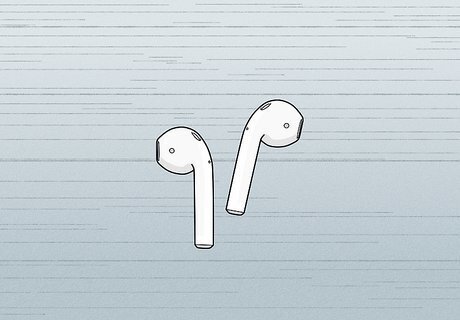
Get your AirPods away from the liquid and place them on a flat, dry surface. AirPods Pro, AirPods 3rd generation, and the MagSafe Charging Case for AirPods 3rd generation can all handle a little bit of water, but not made to withstand being submerged. Earlier AirPod models are not water resistant at all. If your AirPods charging case is wet, place the charging case upside-down with the lid open to allow residual liquid to drip out. If it's plugged in, unplug it now.
Pat your wet AirPods down with a dry lint-free cloth.
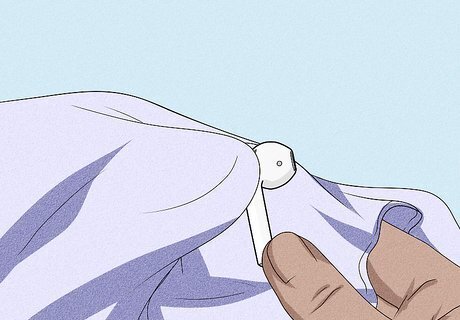
Blot excess liquid away from your AirPods. A microfiber cloth, such as the ones that come with screen cleaning kits or eyeglasses, will work best. You can use a cotton swab to absorb liquid from the speakers, but don't press too hard to avoid damaging them.
Run the Water Eject shortcut.

Download the Water Eject shortcut from Routinehub. If your AirPods are paired to your iPhone, Water Eject can force excess liquid out of iPhone/iPad speakers, as well as from AirPods, using a low-frequency bass tone. Head over to https://routinehub.co/shortcut/571 on your iPhone, tap Get Shortcut, and then tap + Add Shortcut to add it to your Shortcuts gallery. Then tap over to My Shortcuts, tap Water Eject, and then Begin to run the shortcut. This tool is not an official Apple tool, but it's highly recommended in Apple user forums on Reddit, as well as on other forums on the web. Repeat this process as many times as you need until no more water is ejected from the small speakers.
Allow the AirPods to dry completely.
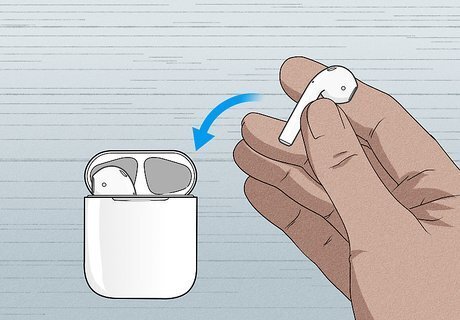
Let the AirPods dry before placing them back into the charging case. If it's a dry, sunny day, place the AirPods in the sun (as long as it's not sweltering outside) to speed up the process. If not, any low-humidity area will do. Wait a few hours for your AirPods to dry completely before trying them again. Extreme heat and cold temperatures can damage your AirPods—don't dry your AirPods out on a heater or radiator, and don't use a blowdryer.
Get some silica packets or another desiccant.
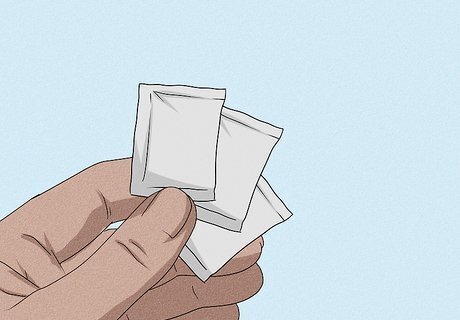
The silica gel packets that come with electronics and vitamins can save your AirPods. If you think there's still moisture inside your AirPods, a desiccant like silica gel can save the day. If you don't have some of these packets, you can pick some up from a crafting store, and sometimes at electronics stores. If silica packets aren't an option, try crystalized cat litter, which is essentially just silica gel, or unfragranced dehumidifying crystals like DampRid. Contrary to popular belief, rice does not work well for drawing liquid out of electronics.
Place the AirPods into a resealable container with a desiccant.
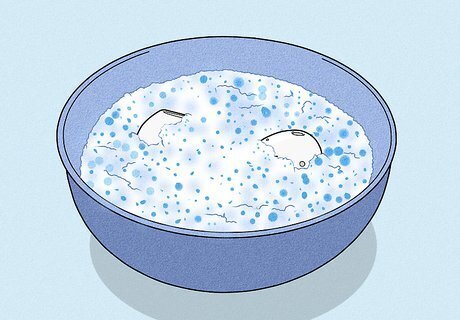
A plastic baggie or clean reusable food container works great in this situation. The silica gel will absorb any remaining liquid in your AirPods. Allow the AirPods to stay in the container with the drying agent for 24 to 48 hours before giving them a try. The longer you're willing to let the AirPods sit in the sealed container with a desiccant, the better the chances that you'll fix your AirPods.
If your AirPods are water damaged, replace them.
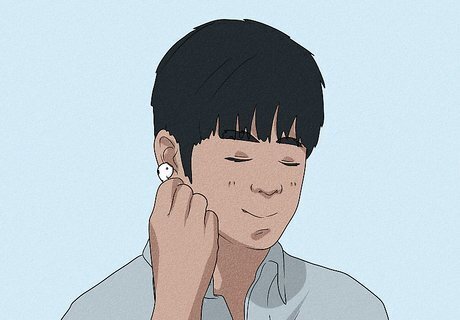
Try listening to your AirPods once they've fully dried. If the speakers sound distant or warbled, they may need to dry a bit longer. Give the drying process another day or two and try again. If your AirPods are still not working properly, you can have them repaired by an Apple Authorized Service Provider or simply replace them. Visit https://getsupport.apple.com/?caller=kbase&PGF=PGF32003&category_id=SC0285 to start the repair or replacement process for your damaged AirPods. If you have AppleCare+, you can replace water damaged AirPods for a very small service fee. The repair fee increases if you're out of warranty.
















Comments
0 comment